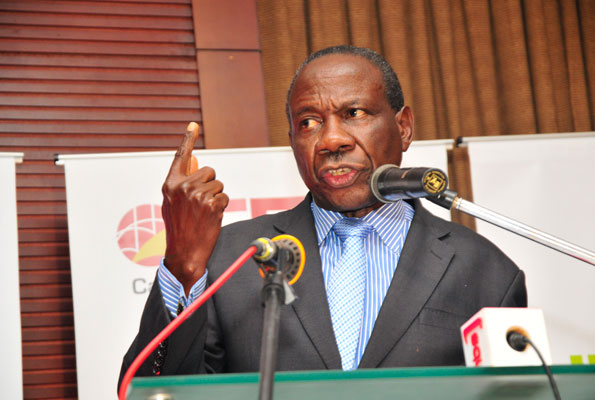Government’s appetite for loans continues despite warnings from those watching the rising public debt.
However, the debt has not deterred Cabinet approving a proposal to borrow Shs1.5 trillion in total to fund various projects across the country.
According to a statement released today US$200 (about Shs737 billion) will be borrowed from the International Development Association (IDA) to upgrade 331 Health Centre IIs to Health Centre IIIs as well as funding other projects.
The loans will also It will also be used to construct 373 Seed Secondary Schools in sub-counties with no secondary schools, over a period of five years (2019-2023).
Cabinet has also approved another loan of US$212.7m (about Shs784 billion) to be acquired from the Export-Import Bank of China to facilitate the on-going Rural Electrification Programme meant to connect rural areas to the electricity grid as only about 20 percent of the rural population households have electricity.
Using the China loan, 287 unconnected sub-counties in the country will be connected to the electricity grid to boost the economy and service delivery.
The loan will help government connect over 170,000 customers directly onto the grid, according to the statement, adding that this should create demand for electricity in the country. Government is nearing the completion of Simba and Karuma hydropower projects that will provide extra power.
The loan will be used to connect rural trading centres, targeting Small and Medium Enterprises (SME), government institutions, commercial centers and agro-businesses such as dairy plants.
Concerns
The State of the Economy Report March 2018, published by Bank of Uganda, indicates that Uganda’s debt burden had risen. As of December 2017, the provisional total public debt stock stood at sh37.9 trillion up from sh34.5 trillion in June 2017, signifying an increase of 9.4 percent in five months.
Analysts note that although the present value of total public debt to GDP stands at 28.1 percent, which is well below the Public Debt Management Framework (PDMF) benchmark of 50 percent, the trend of borrowing could be burdensome to Uganda. They note that the economy’s growth rates, as recorded by the World Bank, have gone down from about 7.3 percent in the early 2000s to as low as 3.5 percent in the year 2016/17, and, therefore, do not match the rising debt trends.
The report says that total public debt to GDP of around 45 percent is closer to the threshold (50 percent). This means that at the recorded rates of increase of debt, Uganda is not far from hitting and even overriding our sustainability limits, an analyst says.
While borrowing facilitates development, the resources must be put into sustainable economic activities such as agriculture, capacity development through quality education, local and international trade in order to reap quickly and support loan repayment with the accrued interest.
These productive activities, analysts say, will increase economic growth which in turn will boost re-investment to enable the expansion of sources of income to facilitate loan pay back hence reducing the burden.
The analysts argue that the debt burden is critical in a nation where unemployment rates are on a rise from 1.5 percent in 2012 to 2.3 percent in 2017, and poverty increased from 21 percent in 2013 to 27 percent in 2017 as reported by the Uganda Bureau of Statistics.
Others are worried that government continues to borrow to invest in long-term projects which do not yield immediate returns.








